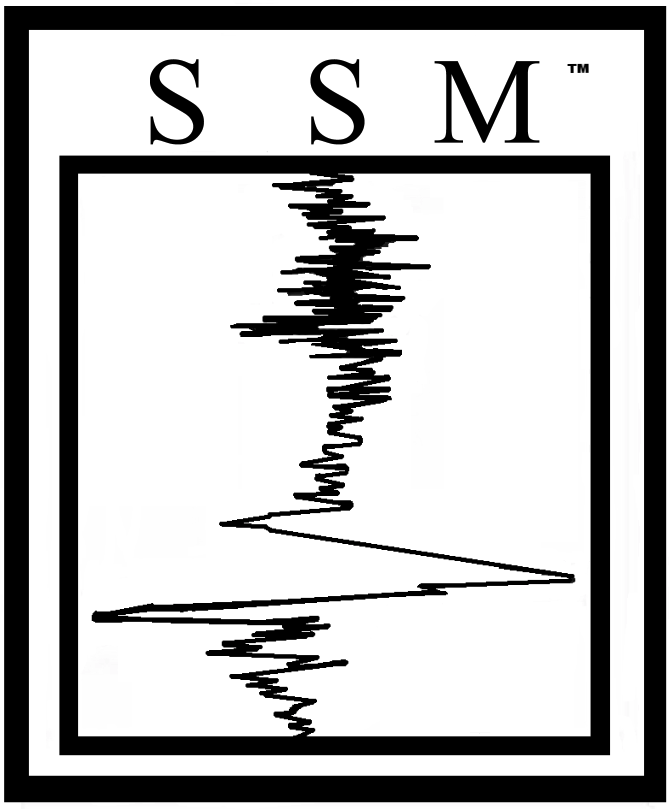In 1979, Sharon Keenan joined Willam Dement, Vince Zarcone and Christian Guilleminault’s internationally recognized team at the Stanford University Sleep Disorders Clinic and Research Center. The Stanford team was instrumental in the accumulation of knowledge in basic and clinical science and was the first sleep disorders clinic in the US. National and international scholars frequented Stanford to work and/or study with Dement and his colleagues.It became evident that courses had to be organized in order to manage the increasing demand for information regarding the diagnosis and treatment of sleep disorders.
By 1982, Mary Carskadon, part of the Dement Lab completed her Ph. D. in Neuroscience, at Stanford. Her work gave us the tool for the objective measurement of sleepiness: The Multiple Sleep Latency Test ( MSLT). The test has proven a robust and highly respected tool for both research and clinical practice. Certainly there were ways to measure sleepiness before this test, most have many limitations. and others will continue to emerge with technological advances. These are exciting times.
The brilliance of the observation of the need to quantify sleepiness and to devise the measurement protocol was, in my mind, genius. Clearly we would not have a field of sleep medicine if we did not have an ability to measure sleepiness, a very powerful variable in our overall sense of health and well being.
Another important tool for measuring sleep, the polysomnogram ( PSG) exists because Dement fought with the insurance companies to acquire a billing code, so that, in the US, laboratory sleep studies could be compensated. He said “ most of what we know in medicine today is based upon information from the waking or the dead body”. We need to understand changes in physiology during sleep.
While serving as Carskadon’s, research assistant, Keenan was responsible for the administration of the courses for physicians and technologistsand teaching the technical aspects of the clinical sleep laboratory. Dement eventually created The Stanford University Sleep Disorders Center Training and Education Program, with Keenan as director.
Keenan was responsible for training for technologists, physicians and fellows within the sleep center, as well as organizing courses for colleagues from around the world and throughout the US. She remained director until the university closed the program in 1989. At that time, it was practically the only source of systematic education in sleep medicine. Dement, Guilleminault, and, German Nino-Murcia, (then Director of the Sleep Disorders Clinic), encouraged Keenan to keep the program alive.
In 1989, she established an independent program dedicated to education in sleep medicine and clinical polysomnography. Administrative offices were set up in Keenan’s garage in Palo Alto, and teaching continued in local hotels and on the Stanford campus through the Summer Conference Office. In 1992, the school settled on Yale Street, and in 1995 moved to Sheridan Avenue, Palo Alto, California. In 2018 The School of Sleep Medicine, Inc. moved to its current location in La Honda California, in the Santa Cruz mountains, just west of Stanford and Palo Alto.
In 1997, SSM incorporated and a year later became a member of the newly formed, and now historic, Stanford University Center of Excellence for the Diagnosis and Treatment of Sleep Disorders. Now, there is a Division of Sleep Medicine within the Medical School at Stanford. SSM, Inc. is an independent entity. We continue to be graced by the participation of our Stanford colleagues (and many sleep experts outside Stanford ) as faculty for our courses. Dr. Keenan currently serves as Adjunct Lecturer at Stanford University Department of Psychiatry and Behavioral Sciences, School of Medicine, for Dement’s Sleep and Dreams undergraduate course at Stanford with Dr. Rafael Pelayo, who has been part of the Stanford team since 1993.
The SSM faculty comprises renowned physicians, scientists, and technologists. SSM has set a high standard for continuing medical education in sleep medicine and has contributed to the growth of the clinical specialty. As of 2009, there were more than 3400 American Board of Sleep Medicine -certified sleep medicine specialists, most of which are SSM alumni. Now exams for certification for physicians are provided by the American Board of Internal Medicine, the World Sleep Society. A number of individual countries have their own exams. The need is still great for integration of knowledge about sleep into clinical practice and everyday life.
